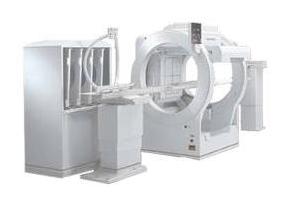Tele Radiology By WebRad
Teleradiology of radiological patient images, such as x-rays, CTs, and MRIs, from one location to another for the purposes of interpretation and/or consultation. Radiologists are increasingly a scarce resource given that imaging procedures are growing approximately 15% annually against an increase of only 2% in the Radiologist population.


Teleradiology improves patient care by allowing Radiologists to provide services without actually having to be at the location of the patient. This is particularly key when a sub specialist such as a MRI Radiologist, Neuroradiologist, Pediatric Radiologist, or Musculoskeletal Radiologist is needed as these professionals are generally only located in large metropolitan areas working during day time hours. Teleradiology allows for trained specialists to be available 24/7.
Teleradiology network is performed using standard network technologies such as the internet, telephone lines, wide area network (WAN), or over a local area network (LAN). Highly specialized software is used to transmit the images and enable the Radiologist to effectively analyze what can be 100′s of images for a given study. Technologies such as advanced graphics processing, voice recognition, and image compression are often used in Teleradiology. Through Teleradiology, images can be sent to another part of the hospital, or to other locations around the world.
Virtual Radiology Network (VRN) is a modern day evolution of traditional Teleradiology technology.
Reports
Teleradiologists can provide a Preliminary Read for emergency room purposes or a Final Read for the official patient record and for use in billing. Teleradiology Preliminary Reports can be provided for emergent studies.
Preliminary Reports include all pertinent findings and a phone call for any critical findings. For some Teleradiology services, the turnaround time is extremely quick with a 30 minute standard turnaround and expedited for critical and stroke studies.
Teleradiology Final Reports can be provided for emergent and non-emergent studies. Final reports include all findings and require access to prior studies and all relevant patient information for a complete diagnosis. Phone calls with any critical findings are signs of quality services.
Teleradiology Preliminary or Final Reports can be provided for all doctors and hospitals overflow studies. Teleradiology can be available for intermittent coverage as an extension of practices and will provide patients with the highest quality care.
Satyakiran Healthcare 2017. Powered by Exact IT Solutions Pvt. Ltd.




